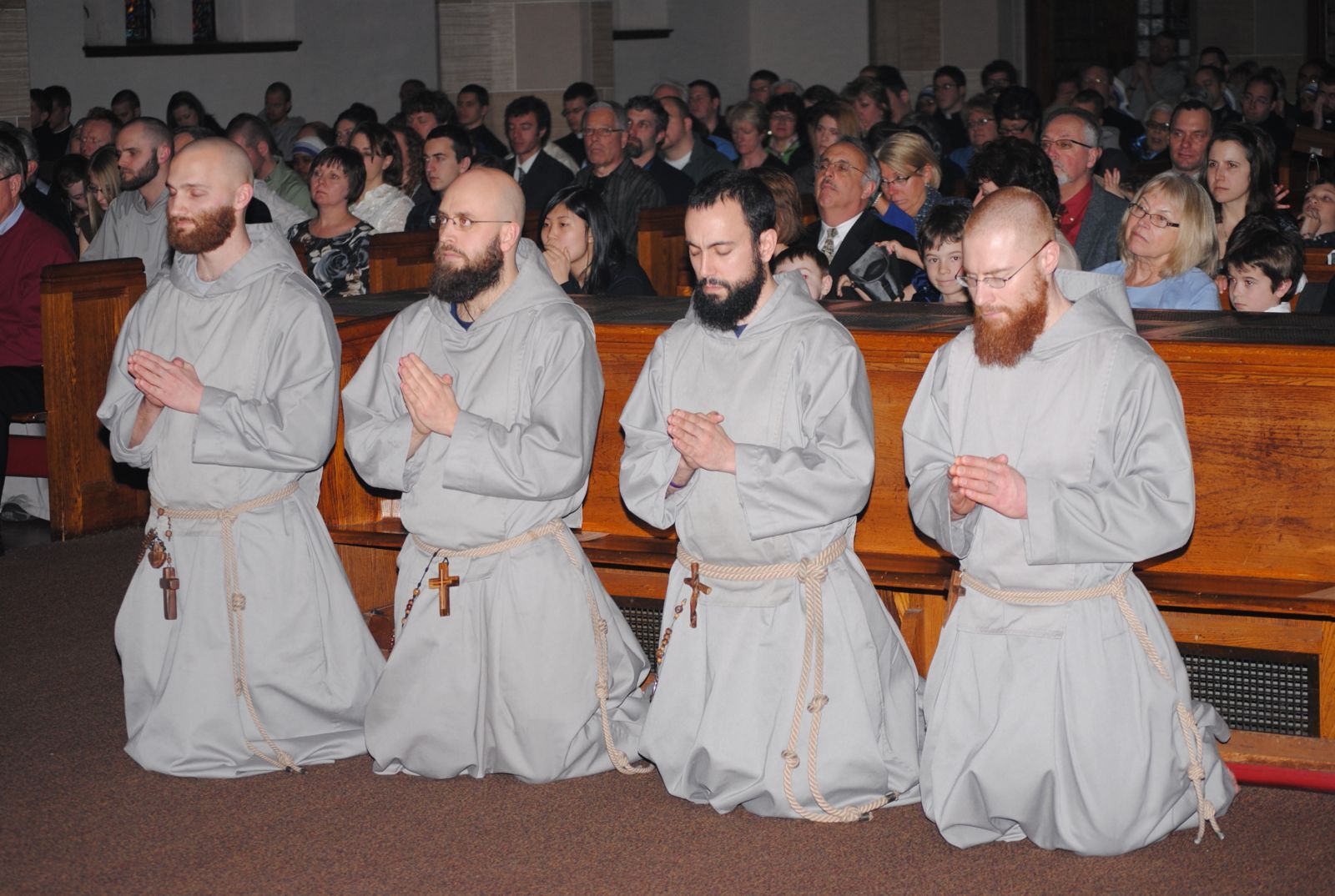
What is the West Syriac Rite? The West Syriac Rite, also known as the Syro-Antiochian Rite, is a rich and ancient liturgical tradition within Eastern Christianity. Rooted in the early Christian practices of the Middle East, it has evolved over centuries, primarily within the Syriac Orthodox and Syriac Catholic Churches. This rite is deeply influenced by the Antiochene Rite and has retained many of its original elements, albeit in the Syriac language. From its unique liturgical structure to its historical controversies, the West Syriac Rite offers a fascinating glimpse into the spiritual and cultural heritage of Syriac Christianity. Dive in to explore 20 key facts about this enduring tradition.
Origins and Historical Context
The West Syriac Rite, also known as the Syro-Antiochian Rite, has deep roots in the ancient Christian traditions of the Middle East. Its evolution over centuries has shaped the spiritual practices of many Eastern Christian communities.
- The West Syriac Rite is derived from the Antiochene Rite, which was originally in Greek. Over time, it evolved into the Syriac language, hence its name.
- The oldest known form of the Antiochene Rite dates back to Greek, suggesting its origins pre-date the Council of Chalcedon. This early influence is evident in the many Greek terms that remain in the Syriac form of the rite.
Early Writers and Commentators
Several notable Syriac writers have contributed to the development and understanding of the West Syriac Rite. Their works provide valuable insights into the liturgical practices of the time.
- Notable Syriac writers such as James of Edessa (d. 708), Benjamin of Edessa, Lazarus bar Sabhetha of Baghdad (ninth century), Moses bar Kephas of Mosul (d. 903), and Dionysius bar Salibi of Amida (d. 1171) wrote valuable commentaries on the rite. These scholars were among the first scientific students of liturgy.
Liturgical Structure and Practices
The structure and practices of the West Syriac Rite are unique and have evolved over time. These elements distinguish it from other liturgical traditions.
- The oldest West Syriac liturgy extant is attributed to Saint James, "the brother of the Lord." This liturgy is in the dialect of Edessa and follows the Greek St. James with several differences. The pro-anaphoral part of this liturgy is the Ordo communis, to which other later Anaphoras are joined.
- The vesting prayers and preparation of the offering (Proskomide) in the West Syriac Rite are considerably expanded compared to the Greek St. James. These prayers differ significantly and are subject to modification, often starting as private prayers.
- The Monogenes comes later in the West Syriac Rite, and the litany before the lessons is missing. The incensing is expanded into a more elaborate rite, which is a distinctive feature of this liturgical tradition.
Trisagion and Miaphysitism
The Trisagion and its connection to miaphysitism have been a source of controversy and distinction within the West Syriac Rite.
- The Trisagion, which contains the addition "who wast crucified for us," is a characteristic feature of the Oriental Orthodox iteration of the West Syriac Rite. This clause was added by Peter the Dyer (Fullo), a miaphysite Patriarch of Antioch (d. 488), and caused much controversy due to its implications of miaphysitism.
Liturgical Variations and Anaphoras
The West Syriac Rite includes numerous liturgies and Anaphoras, each with its own unique elements and historical significance.
- The litany between the lessons in the West Syriac Rite is represented by the phrase Kyrie eleison said thrice. This practice reflects the emphasis on prayer and supplication in the liturgy.
- Brightman mentions sixty-four liturgies as known, at least by name. These liturgies include various Anaphoras, each with its own set of prayers and rituals. Many of these Anaphoras are late additions, often containing miaphysite ideas and long, rhetorical prayers.
- The Anaphora of St. Ignatius is considered by Baumstark to be the most important, as it contains parts of the old pure Antiochene Rite. Many attributions to later miaphysite authors may be correct, but most of these Anaphoras have now fallen into disuse.
Jacobite Sect and Syrian Catholics
The Jacobite sect and Syrian Catholics have their own versions of the West Syriac Rite, each with unique characteristics and practices.
- The Jacobite sect kept a version of the West Syriac Rite that is a local variant. Its scheme and most of its prayers correspond to those of the Greek St. James but have amplifications and omissions typical of local forms of early rites.
- The Syrian Catholics use the same rite as the Jacobites but have better-organized and well-edited books. They have retained seven Anaphoras: St. James, St. John, St. Peter, St. Chrysostom, St. Xystus, St. Matthew, and St. Basil. The Trisagion in their liturgy does not contain the miaphysite clause, which was omitted to align with Catholic orthodoxy.
- The Syrian Catholics made few changes to the original liturgy. The main alterations were the omission of redundant prayers and the simplification of confused parts where the Diaconicum and Euchologion had become mixed together. The only significant correction was the removal of the miaphysite clause from the Trisagion.
Liturgical Orders and Roles
The hierarchical structure and roles within the West Syriac Rite highlight the importance of community participation in the liturgy.
- The West Syriac Rite follows a hierarchical structure with orders including bishop, priest, deacon, subdeacon, lector, and singer. There are also many chorepiscopi who are not ordained bishops but play important roles in the liturgy.
- Chorepiscopi serve as assistants to bishops and perform various liturgical functions. This role is significant in the West Syriac Rite, reflecting the importance of community participation in the liturgy.
Liturgical Development and Historical Controversies
The development of the West Syriac Rite has been influenced by various historical controversies and debates, particularly regarding specific prayers and practices.
- The West Syriac Rite has followed a similar line of development as its powerful Orthodox neighbor. This similarity is evident in the shared liturgical practices and the emphasis on prayer and ritual.
- The West Syriac Rite has been involved in several historical controversies, particularly regarding the prayer at the Fraction. This controversy produced much liturgical literature and influenced the development of the rite.
- The chronicle of Patriarch Michael the Great (d. 1199) discusses the question of the prayer at the Fraction and supplies valuable contemporary documents. This chronicle provides insight into the liturgical debates of the time and their impact on the rite.
Influence and Cultural Significance
The West Syriac Rite has had a significant influence on other Eastern Christian liturgies and continues to play an important role in the spiritual lives of many Christians.
- The West Syriac Rite has influenced other Eastern Christian liturgies. Its emphasis on prayer and ritual has shaped the practices of various Eastern Orthodox and Oriental Orthodox churches.
- The West Syriac Rite is not only a liturgical tradition but also a cultural and historical artifact. It reflects the rich heritage of Syriac Christianity and continues to play a significant role in the spiritual lives of millions of Christians around the world.
The Rich Legacy of the West Syriac Rite
The West Syriac Rite stands as a testament to the deep historical and cultural roots of Syriac Christianity. Originating from the Antiochene Rite, it has evolved over centuries, blending Greek and Syriac traditions. This rite, with its expanded vesting prayers, unique Trisagion, and numerous Anaphoras, showcases the rich liturgical heritage of the Syriac Orthodox and Syriac Catholic Churches. The contributions of early Syriac writers and the influence of historical controversies have shaped its development. Today, the West Syriac Rite continues to be a significant part of the spiritual lives of many Eastern Christians, reflecting a vibrant tradition that has withstood the test of time. Its influence on other liturgies and its cultural significance make it a fascinating subject for anyone interested in the history of Christian worship.
Was this page helpful?
Our commitment to delivering trustworthy and engaging content is at the heart of what we do. Each fact on our site is contributed by real users like you, bringing a wealth of diverse insights and information. To ensure the highest standards of accuracy and reliability, our dedicated editors meticulously review each submission. This process guarantees that the facts we share are not only fascinating but also credible. Trust in our commitment to quality and authenticity as you explore and learn with us.


